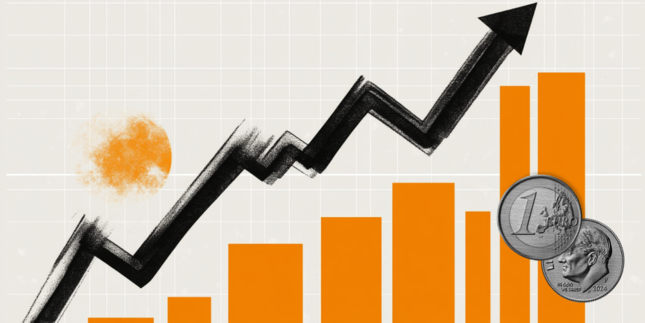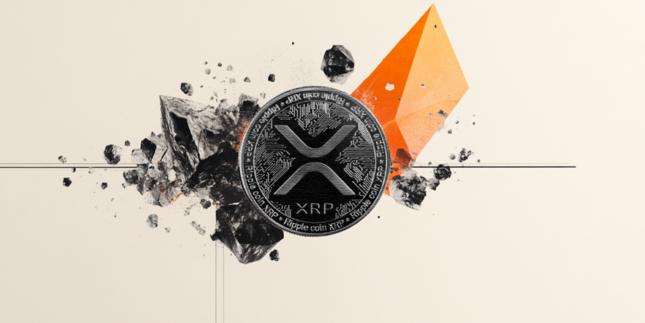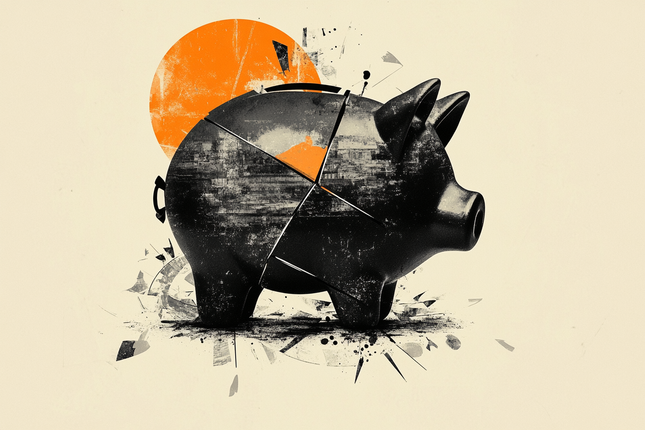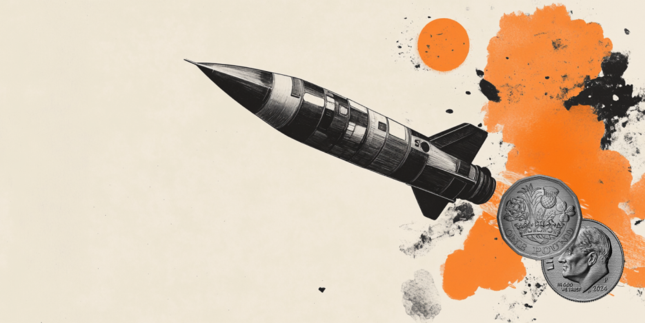After setting a new multi-month high near 1.3300 earlier in the week, GBP/USD trades in a narrow band at around 1.32700 on Friday and remains on track to end the week in positive territory. Markets turn quiet on Friday as trading conditions thin out on Easter Holiday.
USD/CAD Exchange rate
Editors’ Picks

EUR/USD stabilizes above 1.1350 on Easter Friday
EUR/USD enters a consolidation phase above 1.1350 on Friday as the trading action remains subdued, with major markets remaining closed in observance of the Easter Holiday. On Thursday, the European Central Bank (ECB) announced it cut key rates by 25 bps, as expected.

Gold ends week with impressive gains above $3,300
Gold retreated slightly from the all-time high it touched at $3,357 early Thursday but still gained more than 2% for the week after settling at $3,327. The uncertainty surrounding US-China trade relations caused markets to adopt a cautious stance, boosting safe-haven demand for Gold.

How SEC-Ripple case and ETF prospects could shape XRP’s future
Ripple consolidated above the pivotal $2.00 level while trading at $2.05 at the time of writing on Friday, reflecting neutral sentiment across the crypto market.

Future-proofing portfolios: A playbook for tariff and recession risks
It does seem like we will be talking tariffs for a while. And if tariffs stay — in some shape or form — even after negotiations, we’ll likely be talking about recession too. Higher input costs, persistent inflation, and tighter monetary policy are already weighing on global growth.
Majors
Cryptocurrencies
Signatures
USD/CAD, THE “LOONIE”
The USD/CAD tells the trader how many Canadian dollars (the quote currency) are needed to purchase one U.S. dollar (the base currency). This currency pair is known as the "Loonie", a nickname derived from the picture of a loon, a distinctive bird which appears on one side of Canada's gold-coloured, one Dollar coin.
THE IMPORTANCE OF OIL FOR THE LOONIE
The USD/CAD is one of the three so-called “commodity pairs”, together with AUD/USD, NZD/USD, highly correlated to commodity (especially oil) fluctuations.
Canada is commonly known as a resource-based economy being a large producer and supplier of oil. The leading export market for Canada is by far the United States making its currency particularly sensitive to US consumption data and economical health.
FORECAST FOR 2025
Political turmoil at both home and abroad will threaten the Canadian Dollar heading into 2025. Incoming US President-elect Donald Trump has invested significant time on social media, threatening widespread tariffs on all of the US’ closest trading partners, including Canada. USD/CAD closed higher every month in 2024 except for three, gaining ground during the other nine.
If the BoC continues to slash rates in an effort to bolster its lopsided economy, and the Fed begins to pull the brakes on rate cuts through the next year, the CAD’s rate differential could widen significantly, sending the Loonie even lower against the Greenback. Read more details about the forecast.
ASSETS THAT INFLUENCE USD/CAD THE MOST
- Commodities: oil but also gold and natural gas are to be taken into account.
- Currencies: JPY and EUR. This group also includes: EUR/USD, GBP/USD, USD/JPY, AUD/USD, USD/CHF, NZD/USD, GBP/JPY and EUR/JPY
- Bonds: CSB (Canada Savings Bonds), CPB (Canada Premium Bond).
- Indices: S&P/TSX Capped Composite Index (the headline index for the Canadian equity market), S&P/TSX Global Gold Index (index of global gold securities) and S&P/TSX Capped Energy Index (benchmarks for related derivative products of Canadian economic sectors).
ORGANIZATIONS, PEOPLE AND ECONOMIC DATA THAT INFLUENCE USD/CAD
In Canada, the organizations and people that affect the most the moves of the USD/CAD pair are:
- Bank of Canada (BoC, Canada’s Central bank) that promotes a safe and sound financial system within tyhe country, issuing statements and deciding on the interest rates of the country. Its president is Tiff Macklem.
- Canadian Government (headed by Justin Trudeau) and its Department of Finance that implement policies that affect the economy of the country.
- CAPP (Canadian Association of Petroleum Producers): Canada being a prominent oil and natural gas producer, the trade organization of that industry is very important.
In the USA, we have:
- The US Government (and its President Donald Trump): events as administration statements, new laws and regulations or fiscal policy can increase or decrease the value of the US Dollar and the currencies traded against it, in this case the Canadian Dollar.
- Fed, the Federal Reserve of the United States whose president is Jerome Powell. The Fed controls the monetary policy, through active duties such as managing interest rates, setting the reserve requirement, and acting as a lender of last resort to the banking sector during times of bank insolvency or financial crisis.
In terms of economic data, we should highlight the Trade Account Balance, a balance between exports and imports of total goods and services. A positive value shows trade surplus, while a negative value shows trade deficit. It is an event that generates some volatility for the USD/CAD. If a steady demand in exchange for CAD exports is seen, that would turn into a positive growth in the trade balance, and that should be positive for the CAD.
Inflation is another economic value that is important for the USD/CAD pair. It is measured among others by the CPI (Consumer Price Index) and the PPI (Production Price Index). They are key indicators to measure inflation and changes in purchasing trends.
